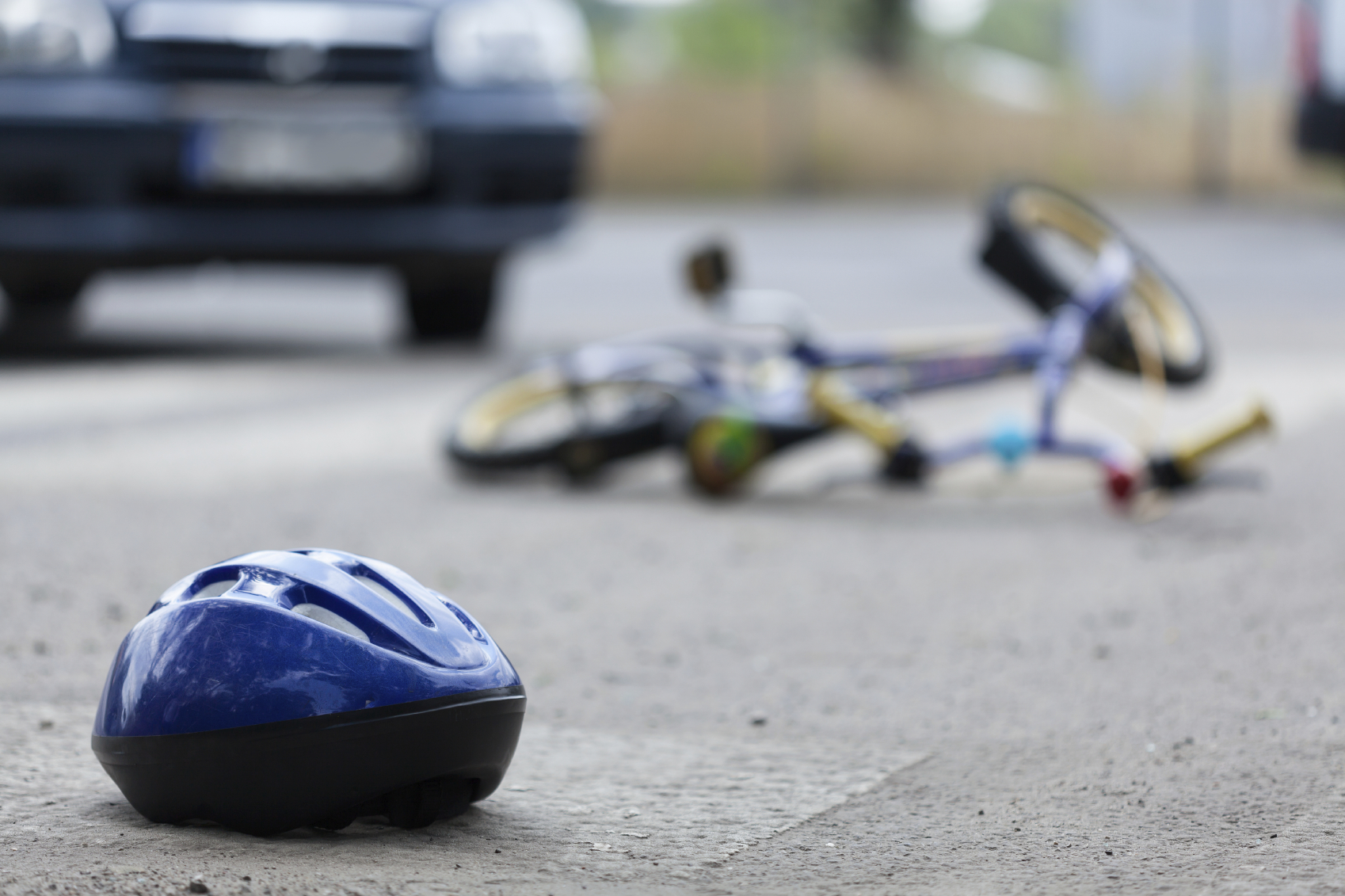Understanding Bicycle Accidents – Nevada
According to the National Highway Traffic Safety Administration, around 50,000 people per year are injured in bicycle crashes. But researchers estimate that only about one in ten injury bicycle crashes are reported to police, so the actual number is probably more like 500,000 people a year, or roughly 1,300 per day.
These incidents are very common in Nevada, due to the almost year-round warm weather and the opportunities for both urban and off-road biking. Yet despite the number of bicyclists in the state, bicycles are not “vehicles” according to Nevada law. This distinction, which is somewhat unique to the Silver State, has some effect on liability in bicycle accidents.
First Party Liability in Bicycle Accidents
Despite their special status, bicycles are still subject to all the normal “rules of the road,” including right-of-way. Nevada also has two versions of a move-over law. On multi-lane roads, if a bicyclist is in the right lane, drivers must move into one of the other lanes if at all possible; on single-lane roads, drivers must give bicyclists at least a three-foot cushion when passing.
This law is an important tool in negligence cases, because if a motor vehicle collides with a bicycle, the tortfeasor (negligent driver) is presumptively liable for damages under the negligence per se (negligence “as such”) rule. In most negligence cases, the plaintiff must prove five elements – duty, breach, cause-in-fact, proximate cause, and damages. However, in negligence per se cases, the plaintiff must only establish:
Violation of Statute: The tortfeasor must break a safety law, such as driving while under the influence of alcohol, ignoring a traffic control device, speeding, or not giving a bicyclist sufficient room; non-safety laws, like an emissions violation or an expired drivers’ license, do not count. The three-foot measurement is often rather subjective, but if a car makes contact with a bicycle, it is quite clearly less that three feet away from it.
Cause: There must be a direct connection between the statutory violation and the victim’s damages. If a motorist brushes too close to a bicyclist who then veers off the road and strikes a pedestrian, the pedestrian’s injury may or may not be foreseeable under Nevada law.
Damages: Although the victim must sustain a tangible injury, such as a personal injury from a fall or property damage to the bicycle, the victim is also entitled to compensation for intangible and noneconomic losses.
Negligence per se also creates a presumption in favor of punitive damages in Nevada, and in recent years, judges have been much more willing to instruct juries in this regard. Essentially, the victim is entitled to additional damages if the jury concludes that the tortfeasor (negligent driver) acted with conscious indifference for the safety and property of others. In the liability portion of a trial, the victim must establish negligence by a preponderance of the evidence, but in the punitive damages portion of a trial, the victim must present clear and convincing evidence. A damages cap may also apply, in some cases.
Third Party Liability in Bicycle Accidents
A little over 12 percent of Nevada drivers are uninsured, which is slightly below the national average. That’s probably because the Silver State has one of the lowest auto insurance requirements in the Union. So while most drivers technically have insurance, in many cases they are under-insured, because their policy limits are insufficient to cover the victim’s losses, especially if the collision involves a catastrophic injury, like a wrongful death.
In some cases, under-insurance is not a factor, because most people have at least some assets and tortfeasors are usually personally liable for any part of a judgement that the insurance company does not pay. In other cases, there may be an applicable third party liability theory. Some common employer liability theories include:
Respondeat Superior: If the tortfeasor was an employee acting within the scope of employment, respondeat superior (“let the master answer”) applies and the employer is liable for at least some of the damages. Almost all workers are “employees” for negligence purposes, even if their bosses classify them as something else. Moreover, employees were within the course and scope of employment if they were doing anything of value to the employer.
Negligent Entrustment: If respondeat superior does not apply, the employer can still be liable, because bosses have a duty to carefully hire their workers and properly supervise them while they are on the job.
In terms of third party alcohol liability, Nevada does not have a dram shop law that holds alcohol providers liable if their customers negligently injure someone else. However, negligent undertaking is a recognized third-party theory. Assume Party Host promises to take Intoxicated Guest home but fails to do so, and IG crashes into a bicyclist on her way home. Under those facts, PH could be liable for the victim’s damages.

Leave a Reply